As our preview writers look at who stands to take gold this year, let’s look at where the gold, silver and bronze have gone so far, at the trends that the big four badminton nations will be looking to continue, while the rest strive to alter them.
By Kira Rin, Badzine Correspondent. Photos: Badmintonphoto
With the 2012 London Olympics coming up, badminton will return to the country where it was “born” into the form widely enjoyed around the entire world. It will also return to Wembley Arena, which hosted the All England from 1957 to 1993.
Badminton officially became an Olympic sport at Barcelona in 1992. However, it was not until the 1996 Olympics that the mixed doubles got a part in it, ever since, making badminton one of the very few sports with mixed gender participation.
The nations cornering the market
Since the start of badminton’s inclusion into the Olympics, only 7 countries have won medals and of these 7, 4 have been lucky enough to walk away with gold medals. China holds the lion’s share of 11 gold medals, with South Korea and Indonesia shortly following with 6 each while Denmark has earned a single gold.
The other 3 medal-winning nations – Great Britain, Malaysia and the Netherlands – have been so close to getting the gold, but have had to settle for silver and bronze. The home team this time around, Great Britain, has so far topped out with silver, won by the recently retired Nathan Robertson, playing then with Gail Emms (pictured right) in the Athens mixed doubles competition.
Malaysia remains the only Thomas Cup winner yet to win gold, while the USA and Japan, whose Uber Cup victories came long before the Olympic era, are without medals so far. The three Sudirman Cup winners are, of course, also the winners of multiple gold at the Olympics.
Men’s Singles
Men’s singles remains the most diverse in terms of countries having won the gold. The gold medal has travelled both East and West among China, Indonesia and Denmark. Poul-Erik Høyer Larsen remains notable as the Dane who won Europe’s only gold medal in Olympic badminton history.
Also of note is that the previous 2 Olympic champions – Lin Dan and Taufik Hidayat – are the current generation of four kings, as they and Peter Gade and Lee Chong Wei (all four pictured left) were billed in an invitational event in China last autumn.
All four are returning to take a (in most cases final) shot at gold in London. The fact that no men’s singles player has reached the semi-finals in two different Olympics pays testament to how hard a consecutive gold is to earn in this category.
Women’s Singles
Women’s singles, like their male counterpart, is also just as varied with the gold medal split between the three countries of China, Korea, and Indonesia but only China has won in this millenium.
Zhang Ning (pictured) is notable as the only singles athlete to ever to win consecutive golds. Even more noteworthy is the fact she has gained the medals while playing under two different scoring systems in 2004 and 2008 Olympics. Mia Audina is another notable player, having medalled for 2 different countries – Indonesia in 1996 and the Netherlands in 2004 – winning silver both times.
An interesting thing to note is that in all the doubles, each discipline’s gold medals have been split between 2 countries only.
Men’s Doubles
If China was to ever aim for a clean sweep of Olympic gold medals, the one most important hurdle it must overcome is the fact that it has never won gold in men’s doubles. The closest to gold comes in the form of silver won by Cai Yun and Fu Haifeng (pictured) from 2008 Beijing Olympics. The elusive gold medals of the Olympics past have all travelled to homes in Indonesia and Korea, with China and Malaysia the only nations to take medals in the discipline.
Like the men’s singles before, no men’s doubles pair has won consecutive gold medals. However, Tony Gunawan is the first men’s doubles gold medallist to return to a subsequent Olympics since his then-compatriots Rexy Mainaky and Ricky Subagja took their second shot in Sydney in 2000.
Women’s Doubles
Korea only won their single gold in women’s doubles in badminton’s debut Olympics in 1992, as from then on, China went on to dominate the discipline, even pulling a sweep of all three medals in the discipline during the 2000 Olympics.
Not only have they dominated the gold, but in fact, every medal in women’s doubles since 1992 has gone to either China or Korea. The women’s doubles pair of Ge Fei and Gu Jun were the first ever consecutive gold medal winners in any discipline.
Mixed Doubles
Having started an Olympic year later than all other disciplines, it is one of the few Olympic events in which men and women compete on even grounds. The gold has been evenly shared between China and Korea, with Gao Ling and Zhang Jun of China winning the gold twice.
Even if there have been no golds yet, the four installments of mixed doubles have still been where Europe has won its most medals. In addition to the silver from Robertson and Emms, Great Britain and Denmark also have one bronze each.
The most successful players?
Gao Ling (pictured) remains as the most successful player to date, with 4 Olympic medals to her name, 2 of them gold in mixed and silver and bronze in women’s doubles. Only she and Gil Young Ah of Korea have hit for the cycle, winning all three colours of medal in their career.
However, the other players with 2 gold medals to their name include Gao’s mixed partner, Zhang Jun, the women’s doubles pair of Ge Fei / Gu Jun, and Zhang Ning in women’s singles, while Kim Dong Moon is the only player to have won gold in two different events: mixed doubles in 1996, then men’s doubles in 2004.
While several players have been in multiple finals within an Olympics, no player has ever won multiple gold medals in a single Olympic event. The closest people to this feat include the great Gao Ling in Athens, Gil Young Ah in Atlanta and most recently Lee Hyo Jung in Beijing. All three won in mixed doubles and came up short in women’s doubles.
Who has a streak to tend to in London?
2012 London Olympics features a number of returning medallists, led in number by past winners of gold. Those five are Taufik Hidayat, Lin Dan, Lee Yong Dae, Tony Gunawan, and Yu Yang. Past silver winners hungry for gold this time include Lee Chong Wei and the men’s doubles pair of Cai Yun / Fu Haifeng, while Chen Jin (pictured right with Lin and Lee) is the sole returning bronze medallist.
Cai Yun and Fu Haifeng remain the only returning medal winning partnership, while the three gold-medal winning doubles players all have new partners this time round.
World #1 Lee Yong Dae (pictured top) is the only player this year who stands a chance of joining compatriot Kim Dong Moon (pictured left) as a multi-discipline Olympic champion. Incidentally, Kim will be on site as a commentator for Korea’s SBS network.
Tony Gunawan may follow in fellow Indonesian Mia Audina’s feat in getting another medal under a different country. If he does get another gold medal, he will join the Olympics likes of double medallists, rugby player Daniel Carroll who played for Australia and USA, and weightlifter Akakide Kakhiashvili who lifted for both the Unified Team and for Greece.
Indonesia has an ongoing tradition in that in every badminton Olympics, it has walked away with at least one Olympic gold. It remains to be seen if it can live up to the tradition once more with each of its players having significant barriers to overcome in the path towards the gold.
![Precious metals: who strikes it rich in Olympic Badminton? As our preview writers look at who stands to take gold this year, let’s look at where the gold, silver and bronze have gone so far, at the trends that […]](http://www.badzine.net/wp-content/uploads/Newsflash-thumbnail.png)
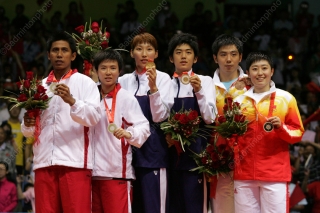
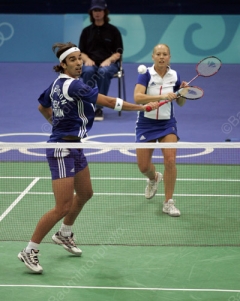

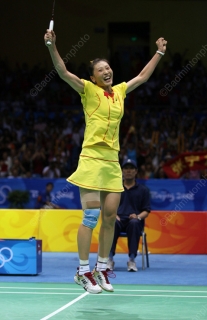
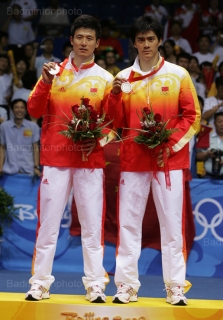
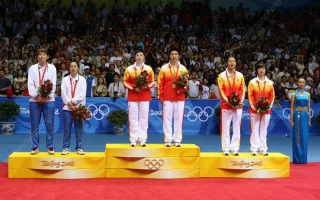


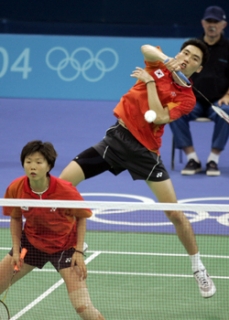
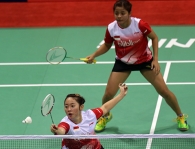
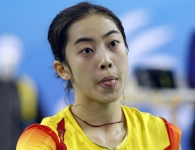



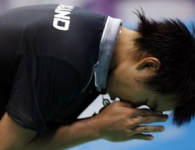
Leave a Reply